1. Drinking Alcohol During Lunch Breaks
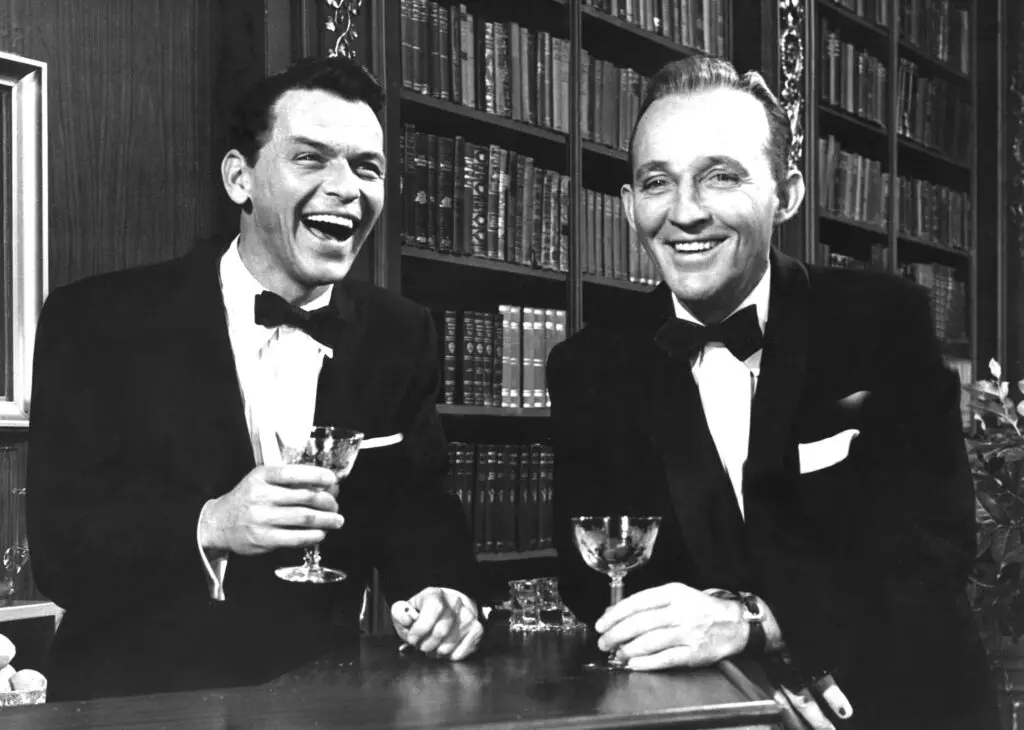
In the ’50s, having a martini or two during a business lunch was not just acceptable but fashionable. Office culture often revolved around boozy meetings and after-work drinks. These days, workplace drinking is frowned upon and, in some industries, strictly prohibited. The emphasis on productivity, professionalism, and liability has shifted workplace norms dramatically.
2. Smoking Everywhere and Anywhere
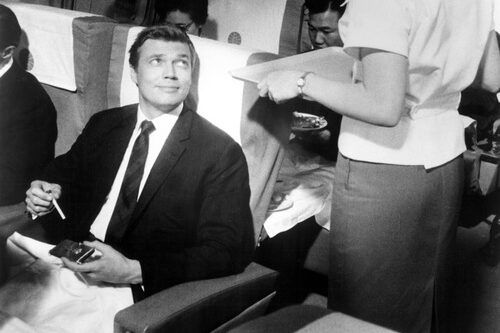
Back in the ’50s, lighting up a cigarette wasn’t just common; it was practically expected. You could smoke in restaurants, on airplanes, at work, and even in hospitals. Ads featuring doctors endorsing cigarette brands were all the rage. Today, with what we know about the dangers of smoking—from lung cancer to secondhand smoke’s harmful effects—public smoking bans are in place nearly everywhere. It’s hard to imagine a time when someone could puff away in an elevator without a second thought. Learn more about historical smoking trends.
3. Sending Kids to Play Outside All Day Without Supervision

In the ’50s, parents would send their kids outside after breakfast and expect them back by dinnertime. There were no cell phones, no check-ins, and certainly no helicopter parenting. Neighborhoods were considered safe, and kids were often left to their own devices, exploring woods, riding bikes, and playing unsupervised for hours. Today’s parents would likely be accused of neglect for such hands-off parenting, given modern safety concerns. Explore how parenting has changed over the decades.
4. Hitchhiking as a Common Means of Travel

Hitchhiking was seen as an adventurous, economical way to get from point A to point B. It wasn’t uncommon to see someone standing on the side of the road with a thumb out and a suitcase in hand. Drivers were more likely to trust strangers, and safety concerns weren’t as prevalent. Fast-forward to today, and hitchhiking is often viewed as dangerous and rare, thanks to stories of crimes and a general shift toward caution. Read more about the history of hitchhiking.
5. Having Just One Family Car
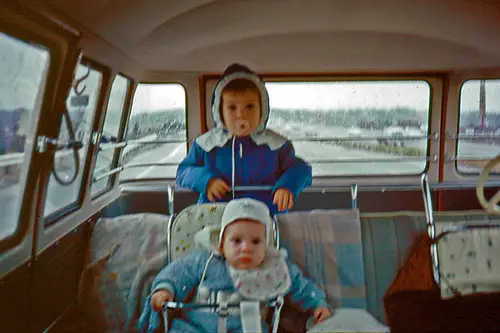
Owning a single car was the norm for most families in the ’50s. Dad drove it to work, and Mom (often a homemaker) made do without or planned her errands around his schedule. With today’s dual-income households and the hustle of modern life, it’s common for families to own two or more cars. The idea of sharing one vehicle seems nearly impossible now.
6. Corporal Punishment in Schools
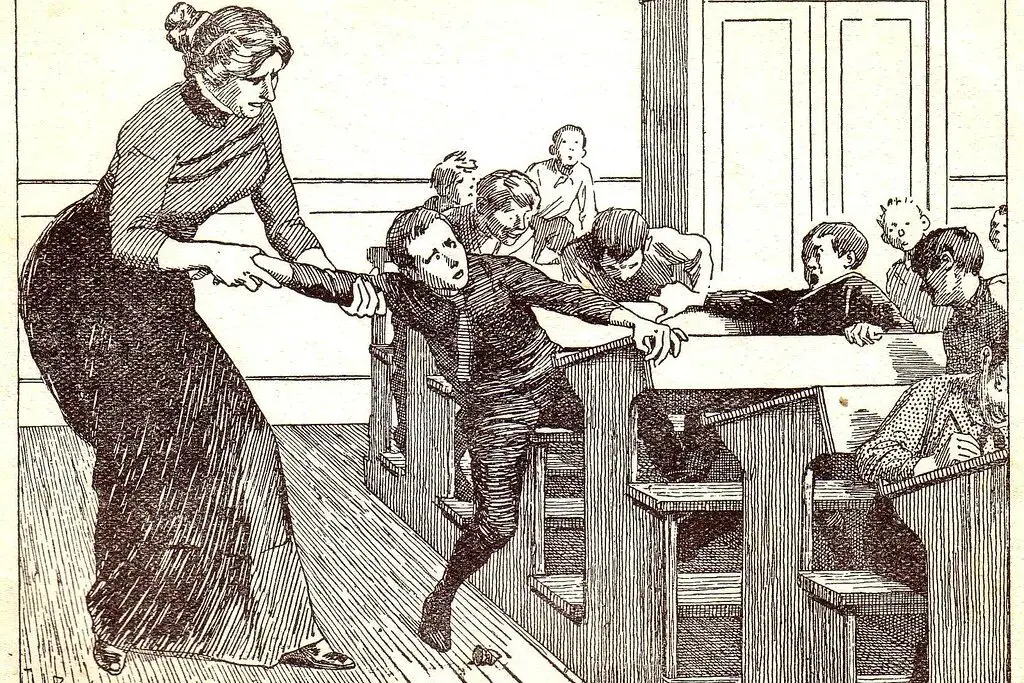
Teachers and principals were allowed to discipline students with a paddle or ruler, and it wasn’t considered controversial. Parents often supported such measures, believing it instilled respect and discipline. Today, corporal punishment is banned in most schools in the U.S. and many countries worldwide. Modern educational approaches focus on positive reinforcement and non-violent disciplinary methods.
7. Buying Products Without Safety Regulations

The ’50s were a time of minimal oversight when it came to consumer goods. Lead paint was still common, and seat belts in cars weren’t mandatory. Kids’ toys sometimes had sharp edges or small parts that posed choking hazards. Today’s strict safety standards and recalls make it hard to imagine such a carefree approach to product safety. Discover how safety regulations have evolved.
8. Segregated Public Spaces
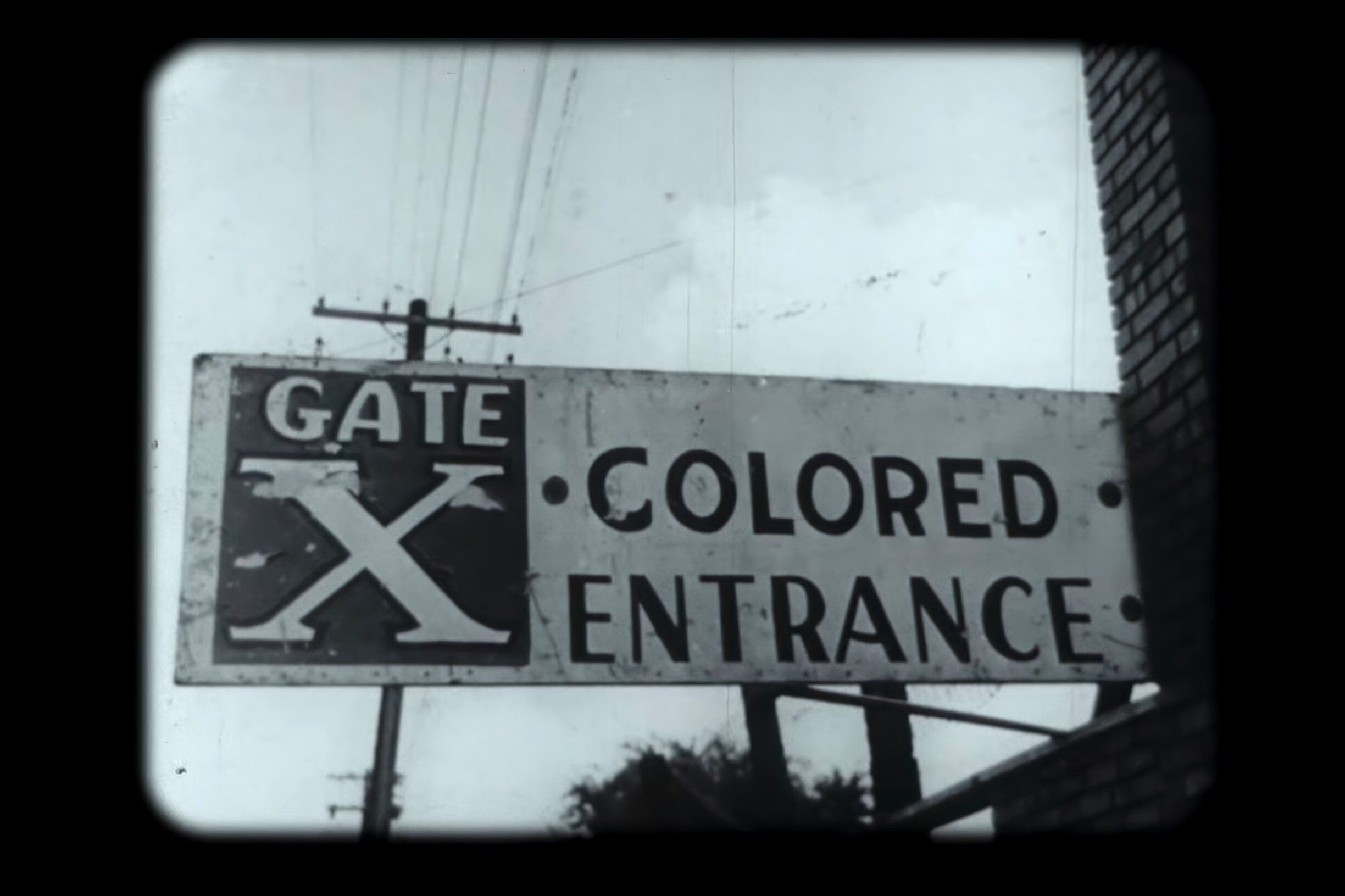
Racial segregation was legally enforced in many parts of the U.S. during the ’50s. Separate schools, bathrooms, and even drinking fountains for white and Black people were considered normal in the Jim Crow South. Thanks to the Civil Rights Movement and landmark legislation like the Civil Rights Act of 1964, segregation is now universally condemned. The stark contrast serves as a powerful reminder of how far society has come.
9. Marrying Young and Quickly
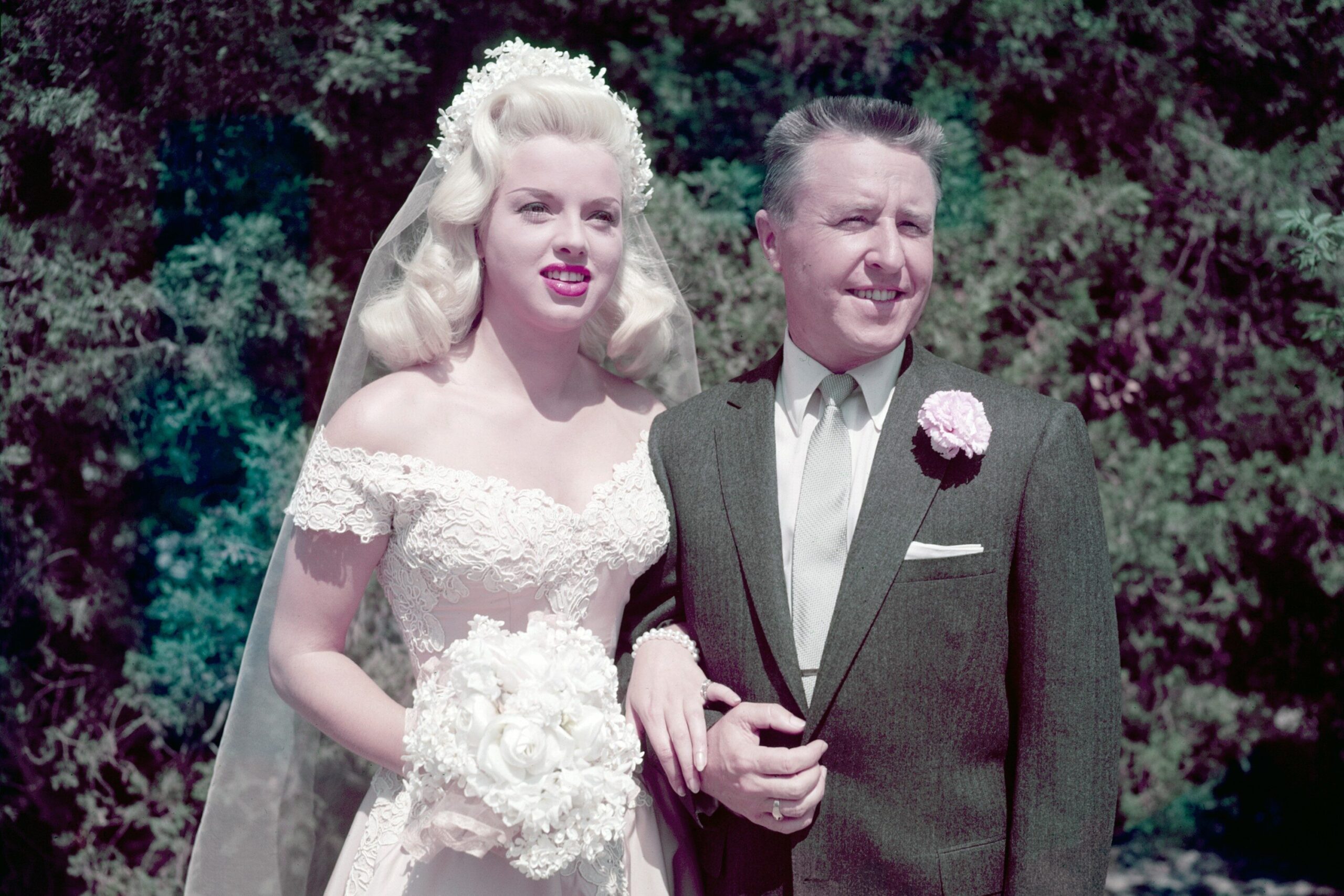
In the ’50s, it was common for people to marry straight out of high school or in their early 20s. The cultural expectation was to settle down and start a family as soon as possible. Today, people are marrying later in life, often prioritizing education and career first. The median age for marriage has risen significantly, reflecting shifting priorities and societal norms.
10. Strict Gender Roles in the Household
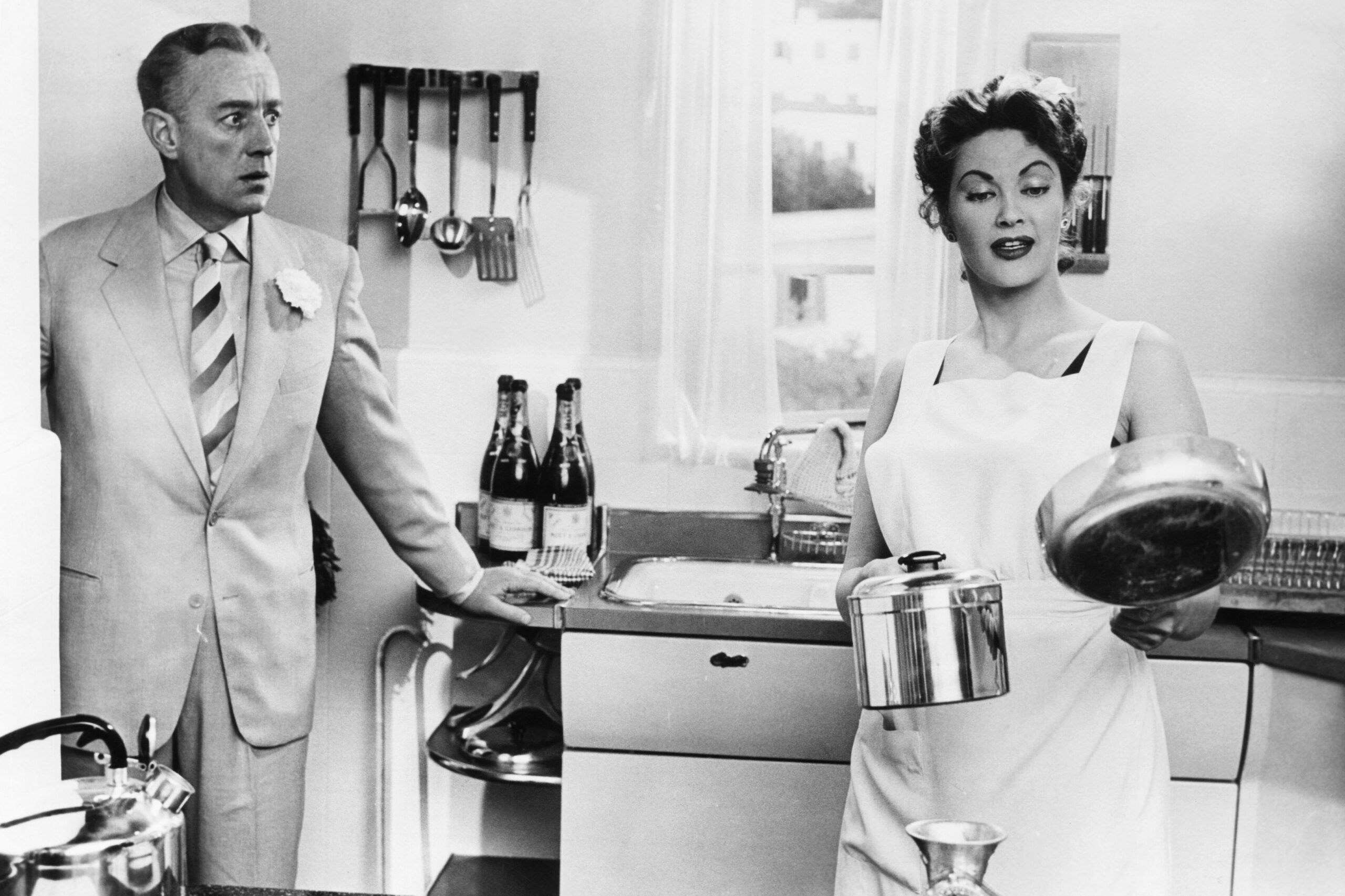
The ’50s epitomized the “housewife” era, with women largely expected to stay home, raise children, and keep the house spotless. Men were the breadwinners, and deviation from these roles was rare and often stigmatized. Modern households often feature dual-income earners, shared domestic responsibilities, and more fluid gender roles, making the ’50s setup feel antiquated to many.
11. Door-to-Door Salesmen
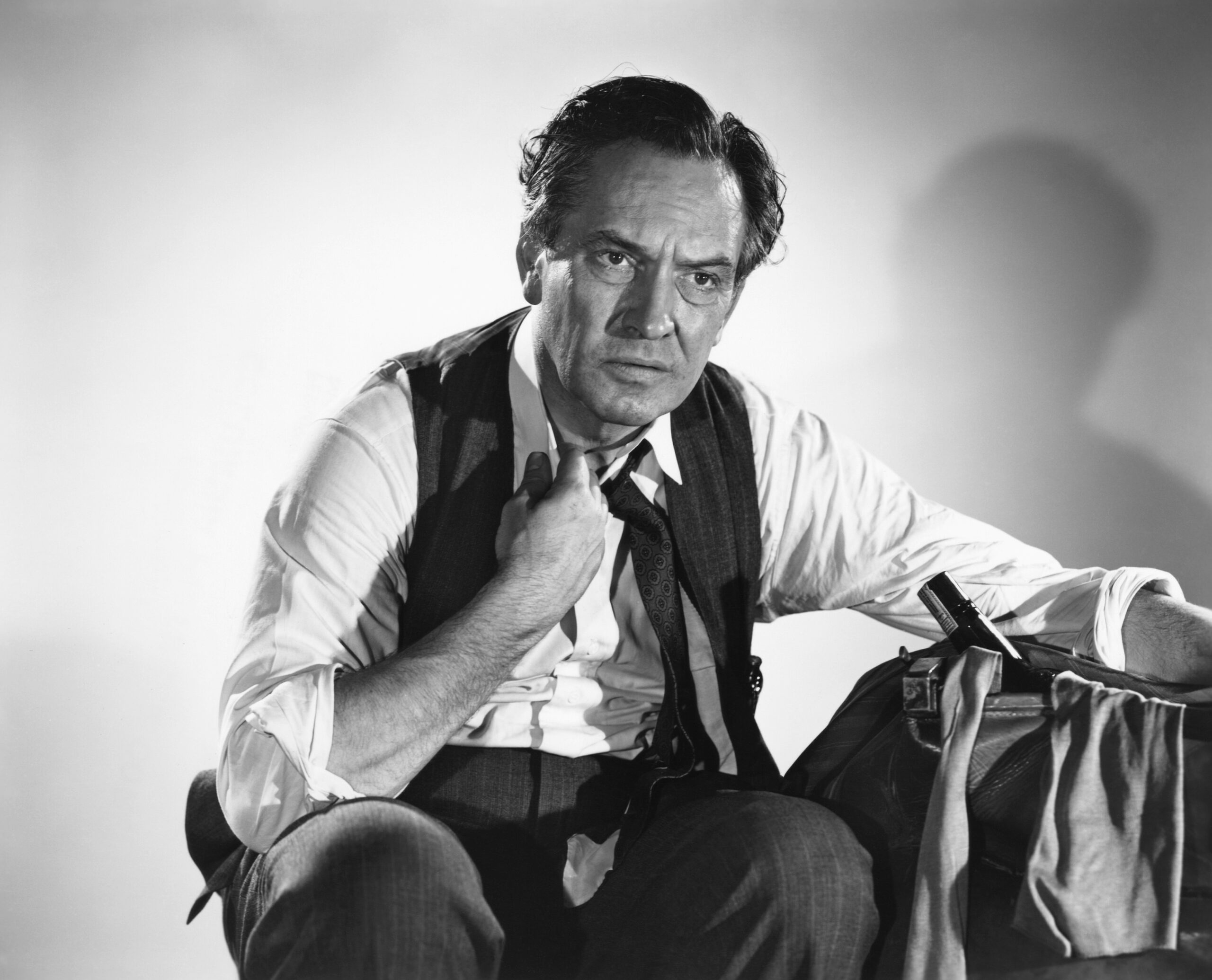
Door-to-door sales were a staple of ’50s suburban life. From vacuum cleaners to encyclopedias, salesmen made their rounds pitching products face-to-face. With the rise of online shopping and big-box retailers, this method has become obsolete. Most people today would be suspicious if a stranger showed up at their door trying to sell something.
12. Accepting Casual Workplace Harassment
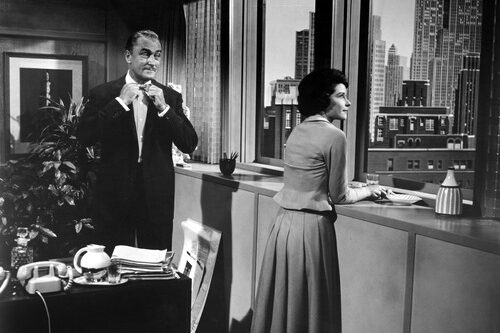
In the ’50s, behavior that we now recognize as workplace harassment was often brushed off as harmless fun. Women in the workforce were expected to endure inappropriate comments and advances. Thanks to modern awareness and policies like #MeToo, such behavior is no longer tolerated and is often met with swift consequences.
13. Driving Without a Seatbelt
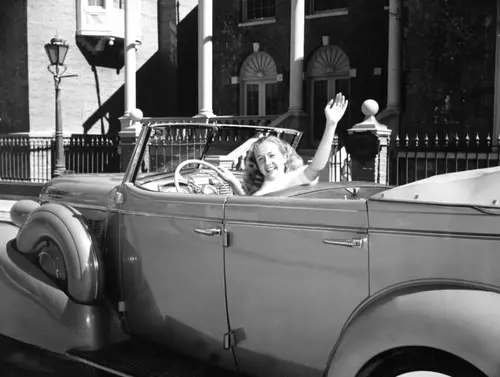
In the ’50s, seat belts weren’t even a standard feature in most cars, let alone used regularly. It wasn’t until the ’60s and ’70s that seat belts became a common safety measure, and laws requiring their use didn’t follow until later. Today, not wearing a seatbelt feels reckless and is illegal in many places.
